Welcome to Mexico
Mexico, officially known as the United Mexican States (Estados Unidos Mexicanos), shares borders with the United States to the north, Belize and Guatemala to the southeast, and is bordered by the Pacific Ocean to the southwest, the Gulf of Mexico to the east, and the Caribbean Sea to the southeast. Mexico is the third-largest country in Latin America by land area. It has a rich cultural heritage stemming from its ancient civilizations such as the Aztecs and the Mayans, as well as its colonial history under Spain.
-
As of 2024, Mexico's population is approximately 133 million, making it the 10th most populous country in the world. The population has been steadily increasing, although growth rates have been slowing down in recent years. Mexico's population density varies significantly between urban and rural areas, with a large proportion living in urban centers.
-
Mexico has a relatively young population, with a significant proportion of people under the age of 30. The age distribution is roughly as follows:
0-14 years: 26.7% of the population
15-64 years: 65.1% of the population
65 years and older: 8.2% of the population
The youthful demographic is a result of historical high birth rates, although these have been declining in recent decades due to urbanization and access to family planning services.
-
Mexico is a highly diverse country in terms of ethnic composition. The population primarily consists of:
Mestizos (a mix of Indigenous and European descent): About 62-65%
Indigenous peoples: Roughly 21% of the population, with many distinct groups, including the Nahua, Maya, Mixtec, and Zapotec, among others.
Europeans (primarily Spanish descent): Approximately 10% of the population.
Afro-Mexicans: A minority group, comprising about 2-3% of the population.
Other groups: Including Asian, Arab, and other ethnicities, make up the remaining small portion.
The country embraces its cultural diversity, with significant efforts to preserve and promote indigenous languages and traditions.
-
Mexico is classified as an upper-middle-income country with an economy that is the 15th largest in the world by nominal GDP. The economy is diverse and relies on several key industries, including manufacturing (particularly automotive and electronics), oil, agriculture (such as corn, avocado, and tomatoes), and tourism. However, Mexico faces challenges such as income inequality, poverty, and corruption, with significant disparities between rural and urban areas.
Key socio-economic challenges include:
Income inequality: The Gini index for income distribution is high, meaning wealth is unevenly distributed.
Poverty: Around 40% of the population lives below the poverty line, though this figure has been gradually decreasing.
Unemployment: Although Mexico's official unemployment rate is relatively low, informal employment is widespread, especially in rural areas.
-
The official language of Mexico is Spanish, spoken by the vast majority of the population. However, Mexico is home to a significant number of Indigenous languages, with 68 national languages recognized by the government. Among these, Nahuatl, Mayan, Mixtec, and Zapotec are the most widely spoken. Despite efforts to preserve indigenous languages, they face the threat of extinction as younger generations increasingly speak Spanish.
-
Mexico's educational system is divided into three levels: primary, secondary, and higher education. The literacy rate is high, at around 95-96% for people over the age of 15. However, access to quality education is unequal, especially in rural areas and among indigenous communities.
Key aspects of Mexico’s education system include:
Primary education is free and compulsory for children aged 6-14.
Secondary education is also free, but enrollment rates drop at the higher secondary and university levels.
Higher education has expanded in recent years, with numerous public and private universities, such as the National Autonomous University of Mexico (UNAM), which is one of Latin America's largest and most prestigious institutions.
-
Mexico has a universal healthcare system that provides both public and private healthcare services. Public healthcare is provided by institutions such as:
IMSS (Mexican Social Security Institute): Primarily for employees in the formal sector.
ISSSTE (Institute of Social Security and Services for State Workers): For government employees.
Seguro Popular: A program aimed at providing healthcare to the uninsured, primarily for low-income citizens.
Despite these efforts, there are disparities in the quality and availability of healthcare between urban and rural areas. Mexico faces challenges with overcrowded hospitals, long wait times, and insufficient funding for public health.
-
Mexico is highly urbanized, with approximately 80% of the population living in urban areas. Major cities include Mexico City, Guadalajara, Monterrey, and Cancún. The country's infrastructure varies by region:
Mexico City is one of the largest cities in the world and has extensive infrastructure, including an advanced metro system and numerous highways.
Road networks are generally good, although rural areas often face challenges in terms of road quality.
Public transportation in major cities is well-developed, though it can be overcrowded at peak hours.
Telecommunication networks are expanding rapidly, with high levels of internet penetration.
-
Mexico is one of the world’s most popular tourist destinations, attracting millions of visitors each year due to its rich cultural heritage, beautiful beaches, historic cities, and natural landscapes. In 2023, tourism contributed about 8-9% of Mexico’s GDP, with key sectors including:
Beach resorts (such as Cancún, Playa del Carmen, and Los Cabos).
Cultural tourism (visits to historical sites like Chichen Itza, Teotihuacan, and Mexico City’s museums).
Eco-tourism (especially in regions like Chiapas, Oaxaca, and the Yucatán Peninsula).
Adventure tourism (including hiking, scuba diving, and exploration of natural reserves).
Tourism has become a key economic driver, but it also presents challenges, such as environmental degradation, overtourism in some areas, and reliance on a volatile global travel market.
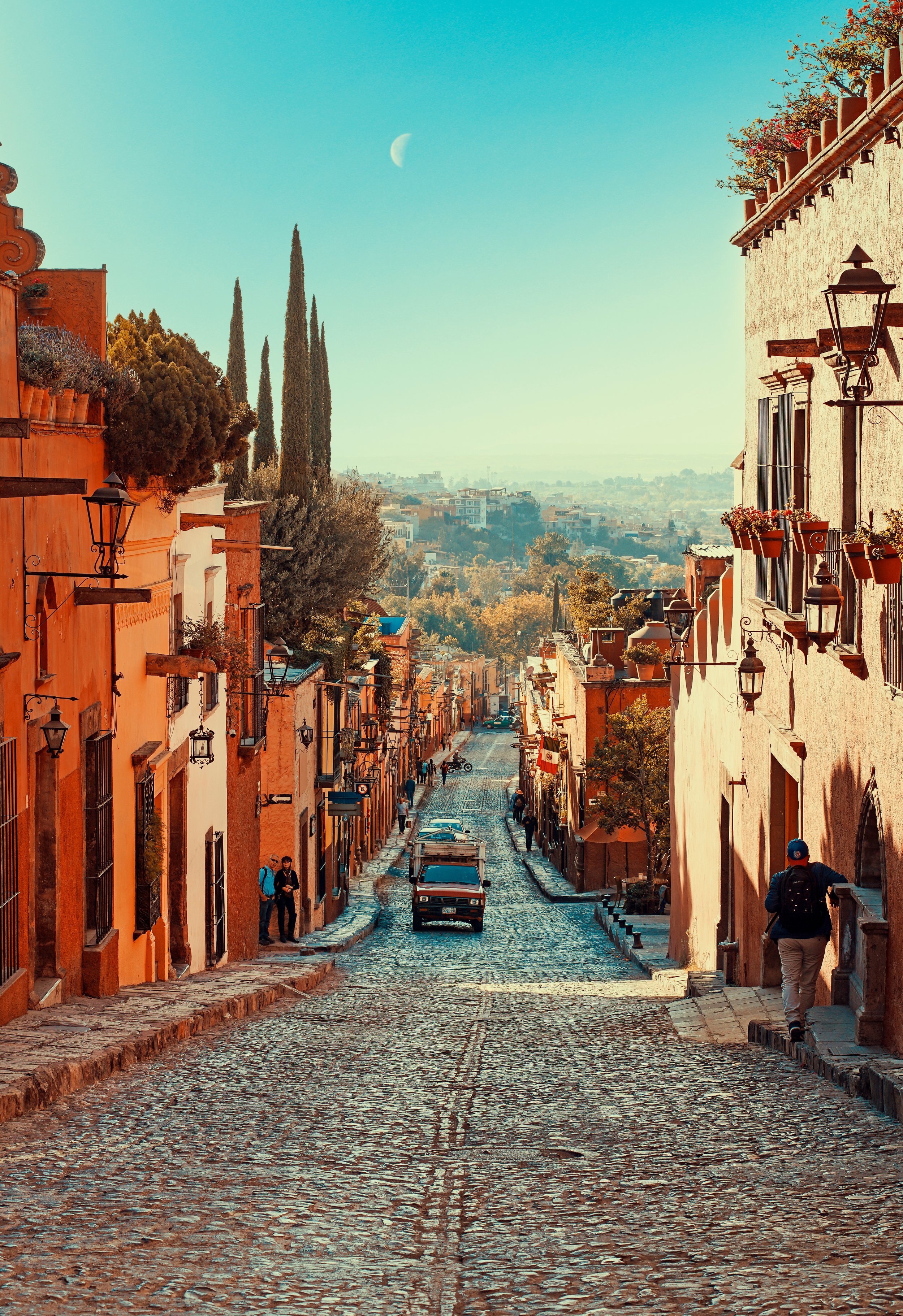
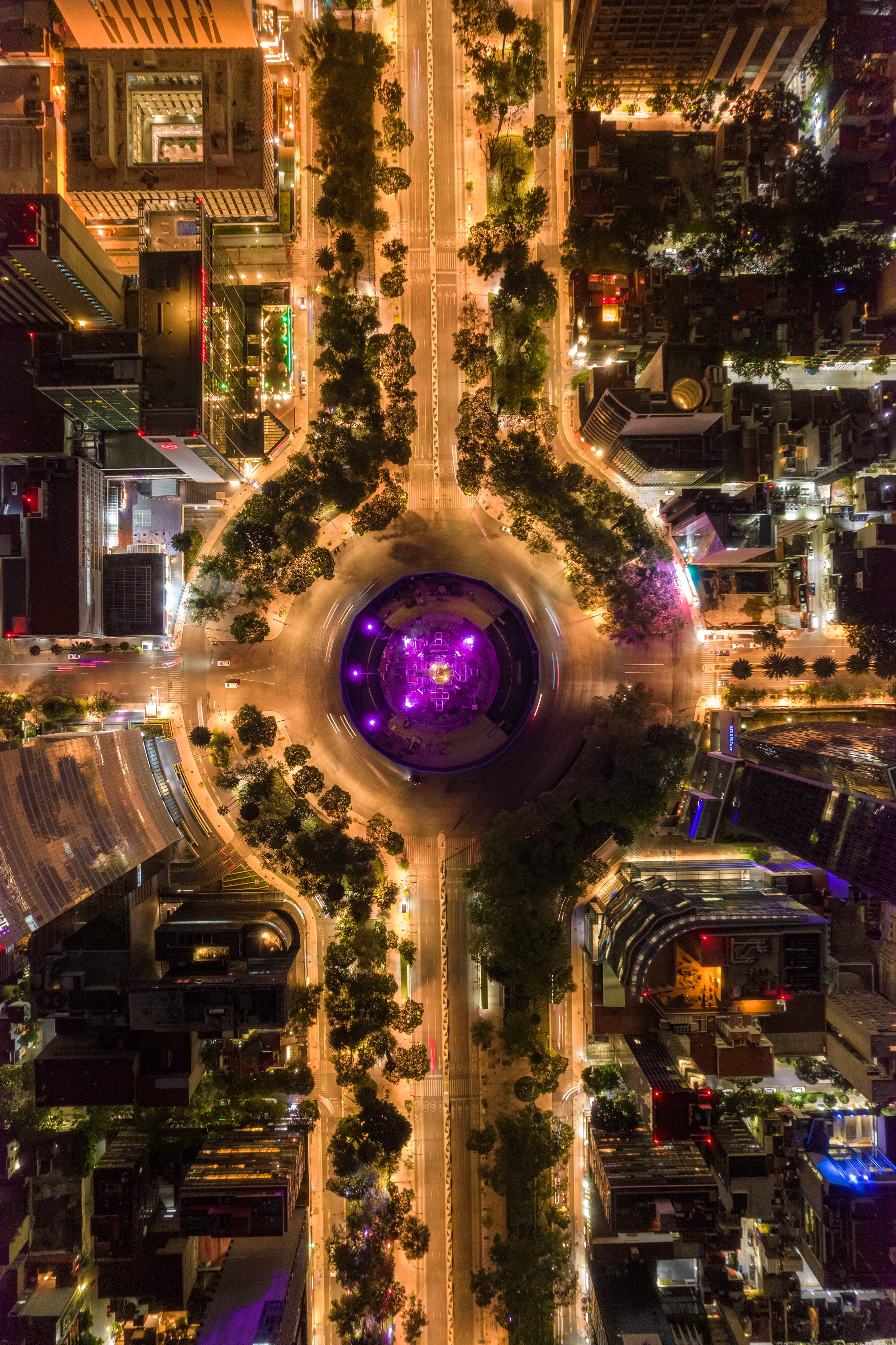



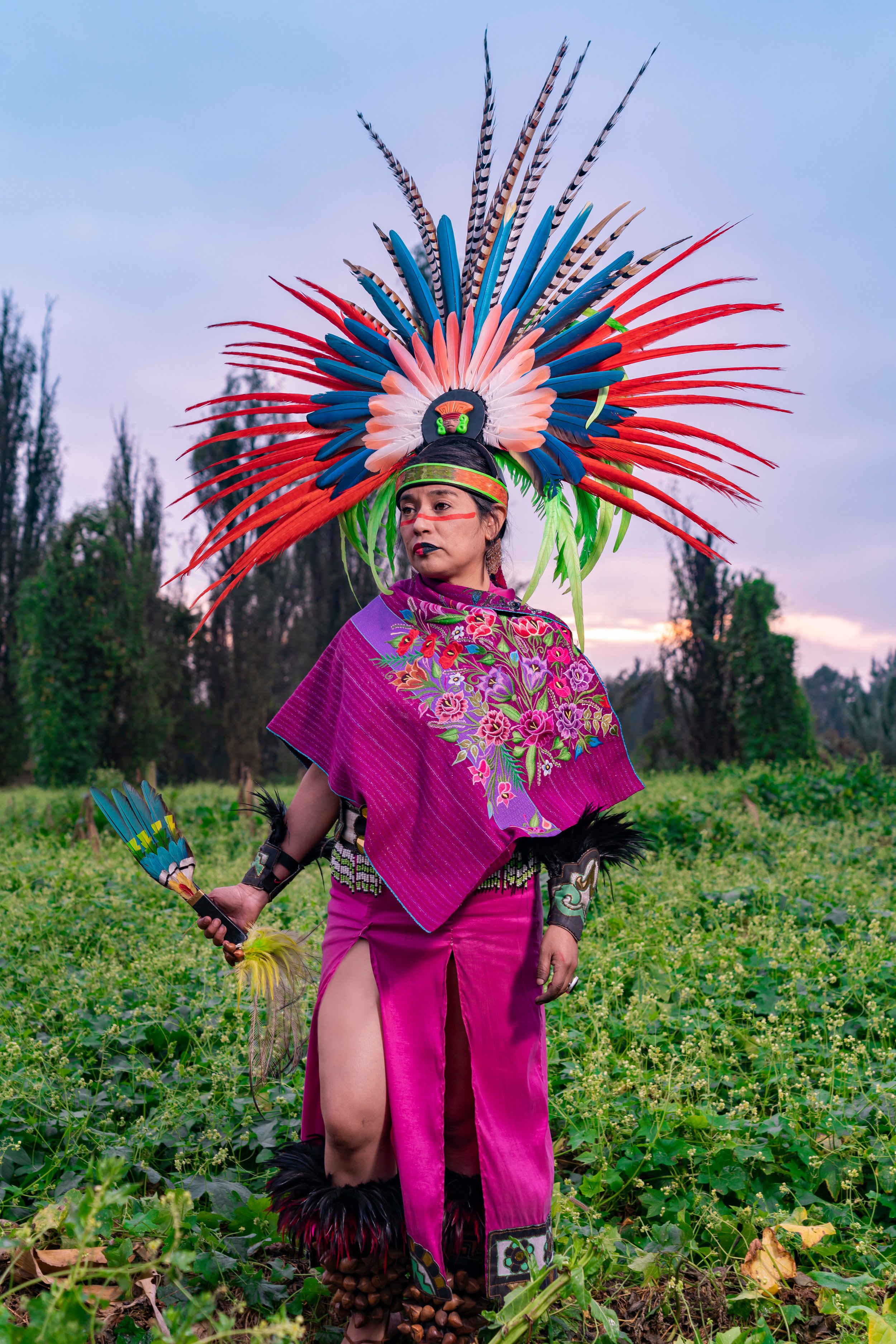
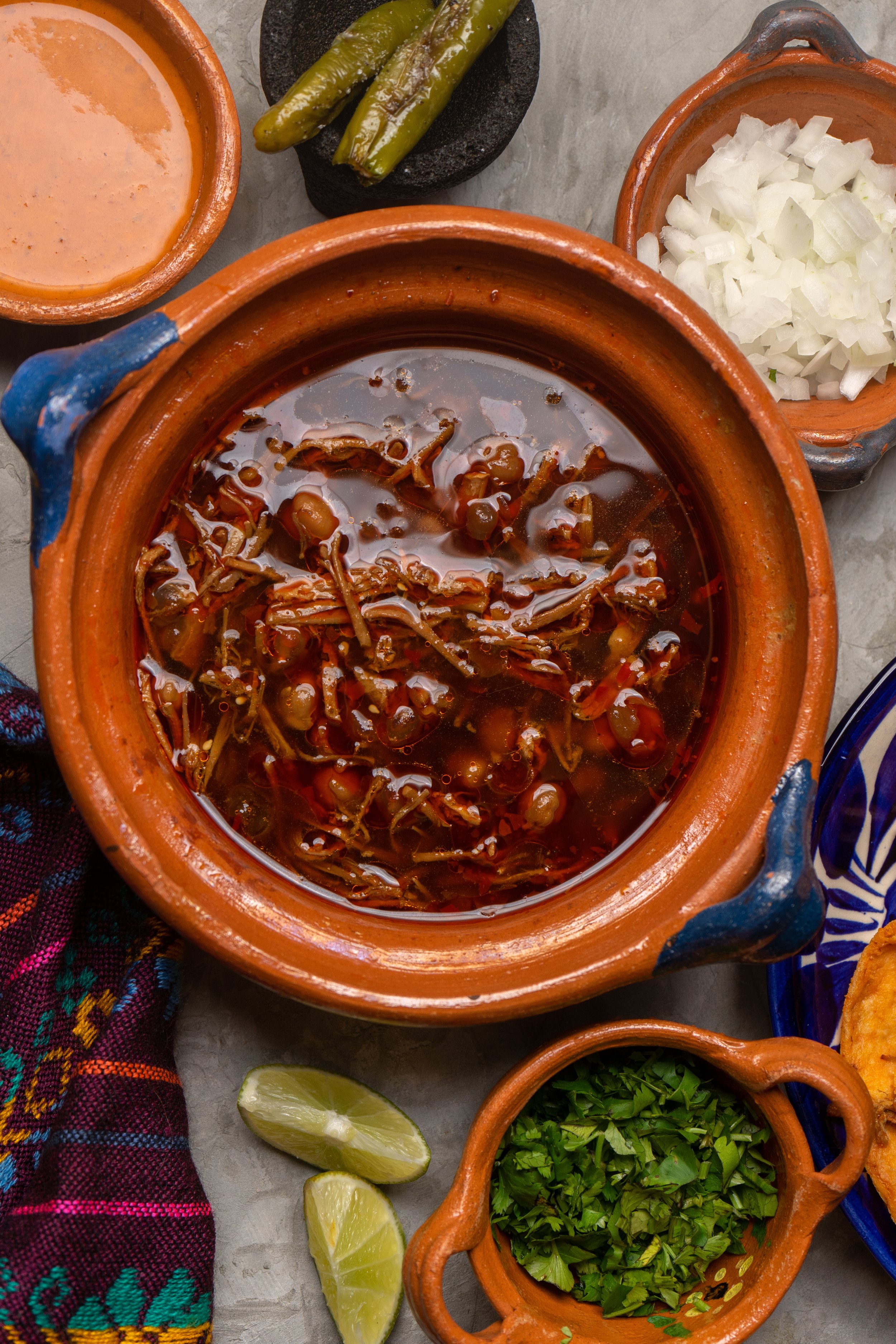

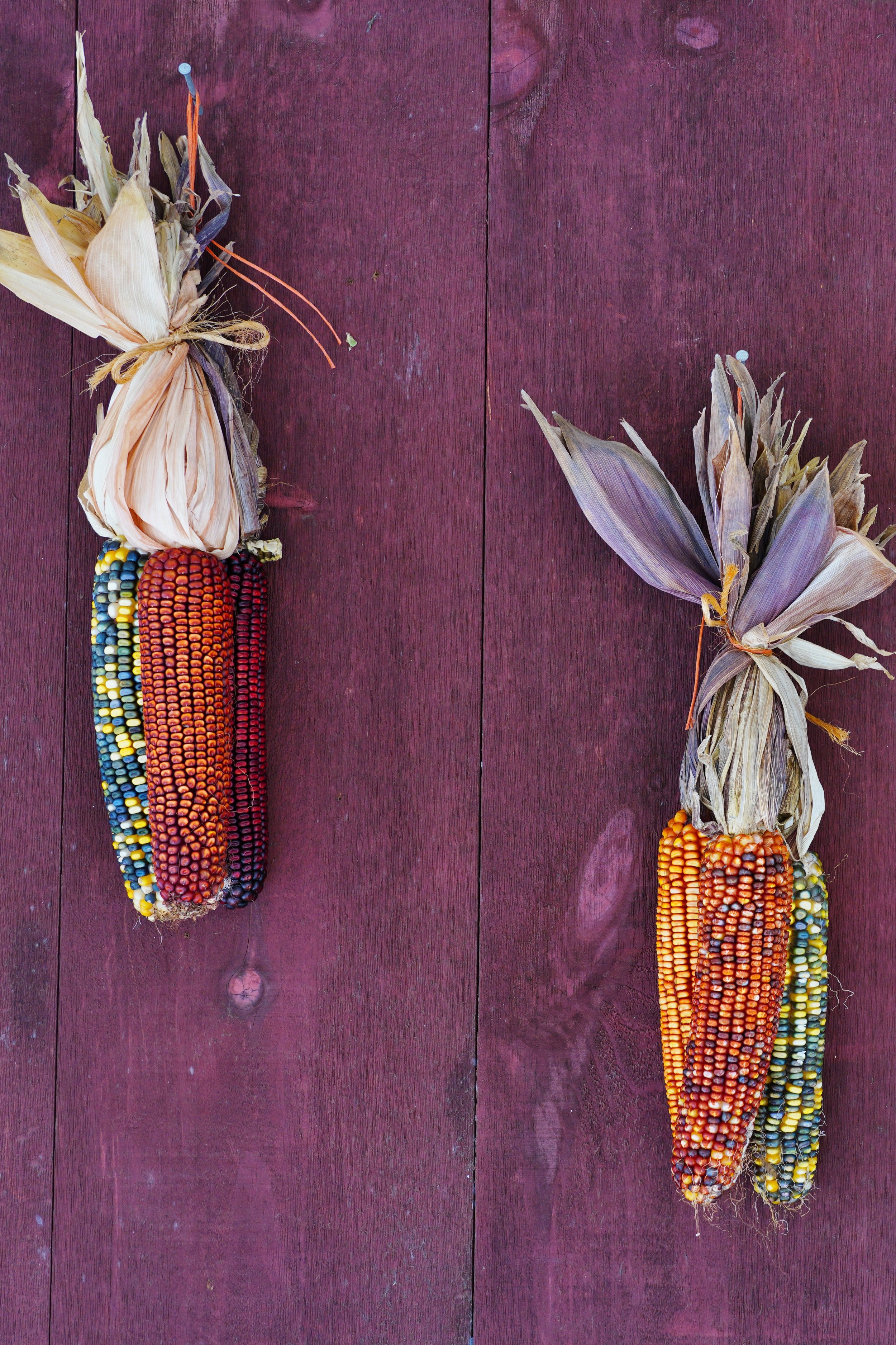
Mexico is a nation of contrasts, with a rich history, diverse population, and growing economy. Despite socio-economic challenges, it has made significant strides in development and modern infrastructure while maintaining its deep cultural roots. Tourism plays an essential role in the economy, and the country continues to balance growth with sustainability.

